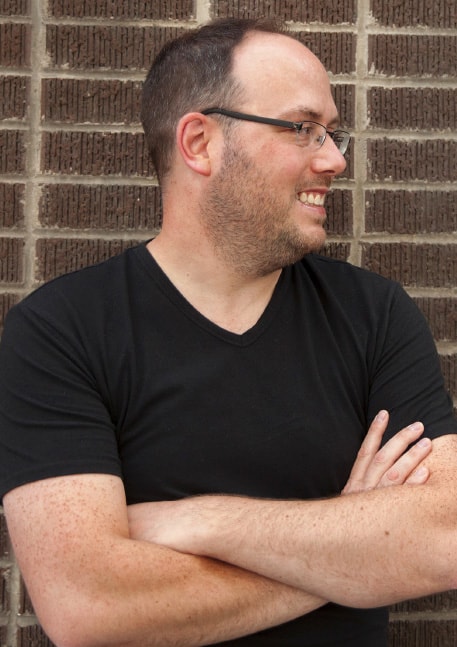How You Can Develop Better Money Habits

Rather than regularly setting unobtainable and vague goals on New Years Day or your birthday, it makes more sense to develop better money habits that can help you create a lifestyle that includes improved finances for the long term.
You don’t have to wait until a certain time of year to start developing better money habits. You can start right now. Here are some tips to help you along the way.
Choose Your Important Financial Reform
It’s easy to get bogged down when you look at a long list of things that you wish were different with your finances. Instead of trying to do everything at once, identify the most important area of financial reform. Review your situation, and figure out what you think is the best thing to tackle first. You should make this judgment based on your own priorities and values so that you are invested in the outcome.
The idea is to make a change that can impact your most important financial issue first. Once you are well on your way to improving in this one area, you can add another. The great thing about developing better money habits is that the effects are cumulative. You are meant to make changes to the way you approach money and live your life in order to develop good habits that last a lifetime.
Prioritize the things that you would like to improve on in your financial life, whether it’s:
- Paying down debt
- Spending less as a conscious consumer
- Saving more for retirement
- Building an emergency fund
- Saving for a down payment on a house
Your better money habits can help you reach financial freedom down the road.
Break it Down and Start Small
If you want your better money habits to “stick” you can’t try to make a dramatic change immediately. While some people manage to make lasting changes with a dramatic overhaul, chances are that you will have more success by breaking down your goal and making small changes that are easy to incorporate into your life. After a few weeks, these small changes become commonplace, and you do them without thinking. This is how you develop better money habits in the long term.
A good example of this is setting aside more money for retirement. Perhaps you set aside $500 a month in an TFSA, but you would like to make that amount $800 a month, which is closer to maxing out your yearly contribution. You might not be able to come up with an extra $300 a month immediately. But what if you could put in $25 extra a week? That makes it sound easier — that’s just $5 extra each Monday through Friday. Get used to setting aside that extra $25 per week for a couple of months. Once you are used to it, you can add ANOTHER $25 per week to the account (bringing it up to $50 a week). Now you’re already up to an extra $200 per month, and almost to your goal. After you get used to that amount, it will seem easy to add another $100 a month to bring your total to $300. While it takes a few months to work up to it, the reality is that you are more likely to carry on because you’ve broken it down into something that
While it takes a few months to work up to it, the reality is that you are more likely to carry on because you’ve broken it down into something that seems easy financially and psychologically. This works for most goals. You can step your goals up over time in order to make changes easier.
This works for other financial lifestyle changes as well. You can spend less by starting out by saying you’re going to cut $20 a week from your grocery bill. You can do this by looking for coupons, looking for sale items, or prioritizing your purchases so that you stop buying junk food you don’t need (side benefit: eating healthier). You can also apply this to other cost-cutting measures. Start by instituting a three-day waiting period before buying something. After you get used to the three-day waiting period, make it a seven-day waiting period. After that, step it up to two weeks. Over time, you will start thinking more about your purchases, and waiting to spend money will come naturally to you (as will deciding not to buy after all).
You can even use this method to build side income. Start out by working on a side hustle for half an hour a day. It might mean dropping one episode of the TV show you’re binge watching, or forcing yourself to stop visiting Facebook once you get home from work. Once that 30 minutes is a set part of your routine, you can step it up so that you are working on your business for 45 minutes a day. As it becomes part of your life and as you put more into your side business, your income will grow and you will be able to use that money to help you reach other goals.
Continue to Add Better Money Habits
Once you are well on your way with one habit, and you have already been through one or two cycles of stepping up your efforts, start working on another money habit. For instance, once you are happy with your stepped-up level of retirement contributions, you can begin saving for a house. You’re already used to your retirement contributions, so you can keep up with that, and just add something else, such as finding another $20 a week to put toward a home down payment.
As you focus your efforts, and make these small improvements regular parts of your life, you will find that better money habits simply become things that you do. Over time, your entire financial life will be made over, and you will hardly notice the difference in your day-to-day living — although in hindsight you will be able to see how far you’ve come.


Comments
Another great article!
Such a great advice. It’s true that putting aside small amounts of money you get the chance to save a huge amount of cash. For me it was quite a problem to realize that while the petty expences were eating my earning.
Such a great advice. It’s true that putting aside small amounts of cash you will be able to save a huge amount of money step by step. It was quite a problem for me to understand that while petty expenses were eating my earnings.
Very nice. Small habits that grow (and are added to) are much better than a new years resolution.